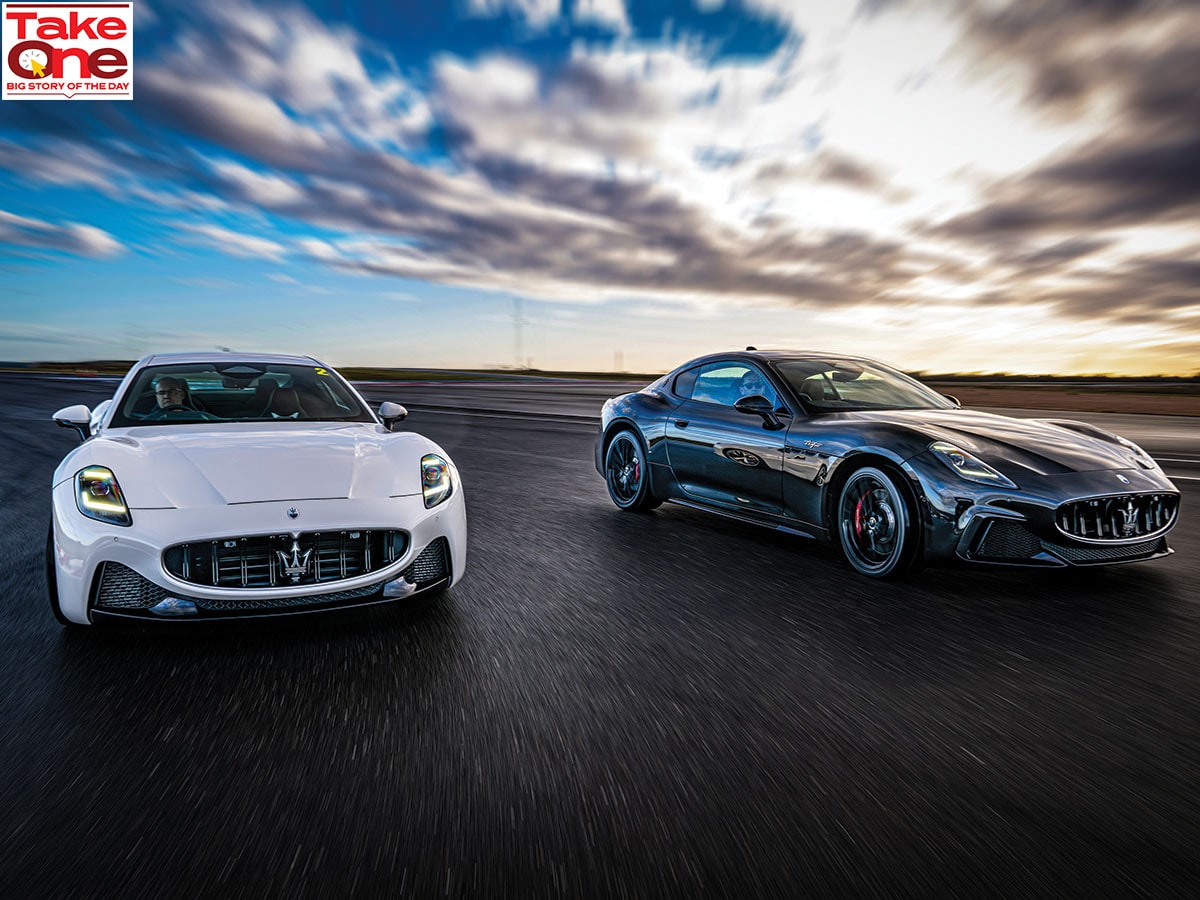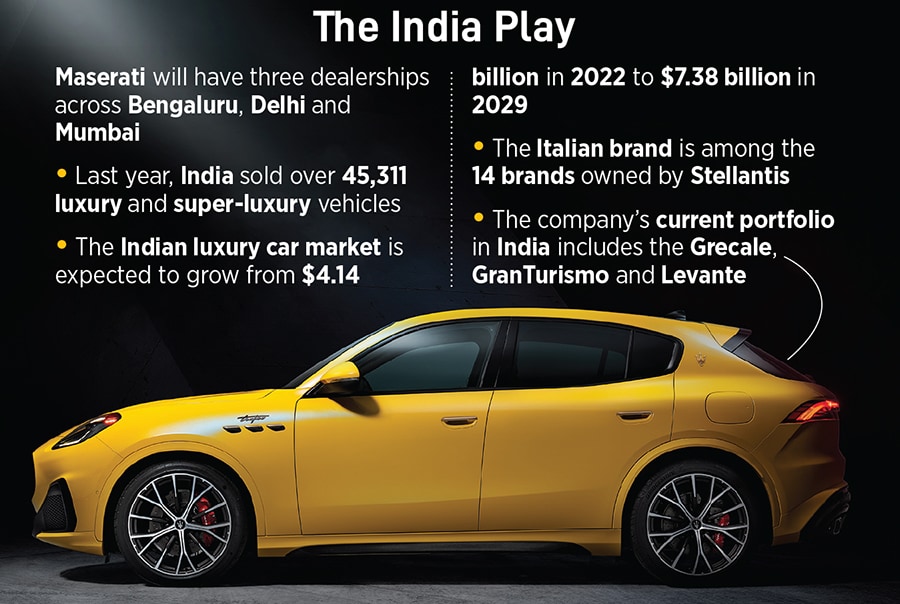What will it take for Maserati to succeed in India?
Many of its rivals like JLR and Bentley sell much more in India, compared to the 50-odd cars the Italian carmaker sells here. After a decade of struggling to crack the Indian market, here's what the road ahead looks like
 Marquee luxury brands such as Lamborghini, JLR (Jaguar Land Rover) and Bentley, sell more products in India than Maserati
Image: Joel Strickland
Marquee luxury brands such as Lamborghini, JLR (Jaguar Land Rover) and Bentley, sell more products in India than Maserati
Image: Joel Strickland
For nearly a decade and a half, Maserati, owned by Stellantis, a company headquartered in the Netherlands, has tried its luck in India without much success.
Selling less than 50 cars in India, compared to some 27,000 globally, the automaker doesn’t quite boast the numbers that it would have liked to show in one of the world’s wealthiest economies. After all, many of its rivals, including marquee luxury brands such as Lamborghini, JLR (Jaguar Land Rover) and Bentley, sell more products in India than Maserati.
That’s precisely why the Modena-based maker of luxury sports cars and SUVs has taken another leap at taking on the Indian market, currently the world’s fourth largest.
“We prefer a step-by-step approach to learn about customers habits and preferences,” Philippe Claverol, head of overseas at Maserati, tells Forbes India. Claverol and Maserati are now readying plans to open two dealerships in Delhi and Bengaluru, two of the key markets for the automaker. The company currently has just one dealership in Mumbai, even as affluent Indians chasing ultra-luxury vehicles continue to grow in the country.
In July, Maserati brought the Grecale SUV to India at a starting price of ₹1.31 crore. The SUV, which zooms from 0 to 100 kmph in 3.8 seconds, will be available in three variants. These include the Grecale GT, equipped with a four-cylinder mild hybrid engine, the Grecale Modena, and Trofeo with a 530hp V6 engine.
(This story appears in the 01 November, 2024 issue of Forbes India. To visit our Archives, click here.)



















